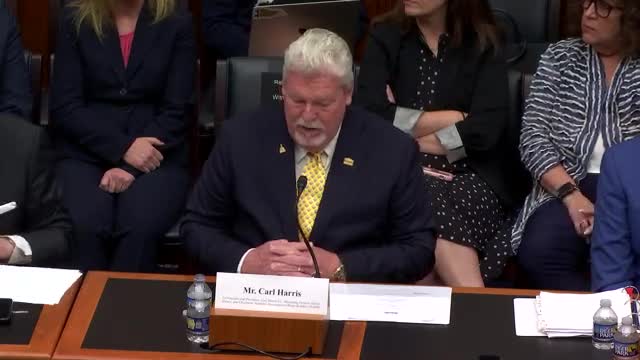Housing Crisis Deepens as Regulations Stifle New Construction
July 25, 2024 | Financial Services: House Committee, Standing Committees - House & Senate, Congressional Hearings Compilation

This article was created by AI summarizing key points discussed. AI makes mistakes, so for full details and context, please refer to the video of the full meeting. Please report any errors so we can fix them. Report an error »

During a recent government meeting, officials addressed the escalating housing affordability crisis in the United States, highlighting a significant shortfall of 1.5 million housing units. Rising construction costs, regulatory burdens, and limited availability of buildable land were identified as key factors exacerbating the situation. The discussion underscored the urgent need for affordable housing, particularly for workforce families, including members of the armed forces and first responders.
Concerns were raised about proposed rent control measures, which some argue could worsen the crisis by discouraging investment in new multifamily housing. Critics of the administration's plan to impose a nationwide rent cap of 5% per year for landlords with over 50 units warned that such policies would not address the underlying supply issues and could lead to deteriorating property conditions.
Additionally, new regulations requiring compliance with the 2021 International Energy Conservation Code (IECC) for homes financed by HUD and USDA were criticized for potentially adding up to $31,000 in costs to new constructions. Stakeholders argued that these mandates could deter new housing development at a time when increasing supply is crucial to alleviating shelter inflation.
The meeting also highlighted the potential impact of similar standards being considered for homes financed by Fannie Mae and Freddie Mac, which could further limit affordable financing options for low and moderate-income homebuyers. The consensus among participants was clear: to effectively tackle the housing crisis, the focus must shift towards increasing the overall housing supply rather than imposing restrictive regulations that could hinder development.
Concerns were raised about proposed rent control measures, which some argue could worsen the crisis by discouraging investment in new multifamily housing. Critics of the administration's plan to impose a nationwide rent cap of 5% per year for landlords with over 50 units warned that such policies would not address the underlying supply issues and could lead to deteriorating property conditions.
Additionally, new regulations requiring compliance with the 2021 International Energy Conservation Code (IECC) for homes financed by HUD and USDA were criticized for potentially adding up to $31,000 in costs to new constructions. Stakeholders argued that these mandates could deter new housing development at a time when increasing supply is crucial to alleviating shelter inflation.
The meeting also highlighted the potential impact of similar standards being considered for homes financed by Fannie Mae and Freddie Mac, which could further limit affordable financing options for low and moderate-income homebuyers. The consensus among participants was clear: to effectively tackle the housing crisis, the focus must shift towards increasing the overall housing supply rather than imposing restrictive regulations that could hinder development.
View full meeting
This article is based on a recent meeting—watch the full video and explore the complete transcript for deeper insights into the discussion.
View full meeting